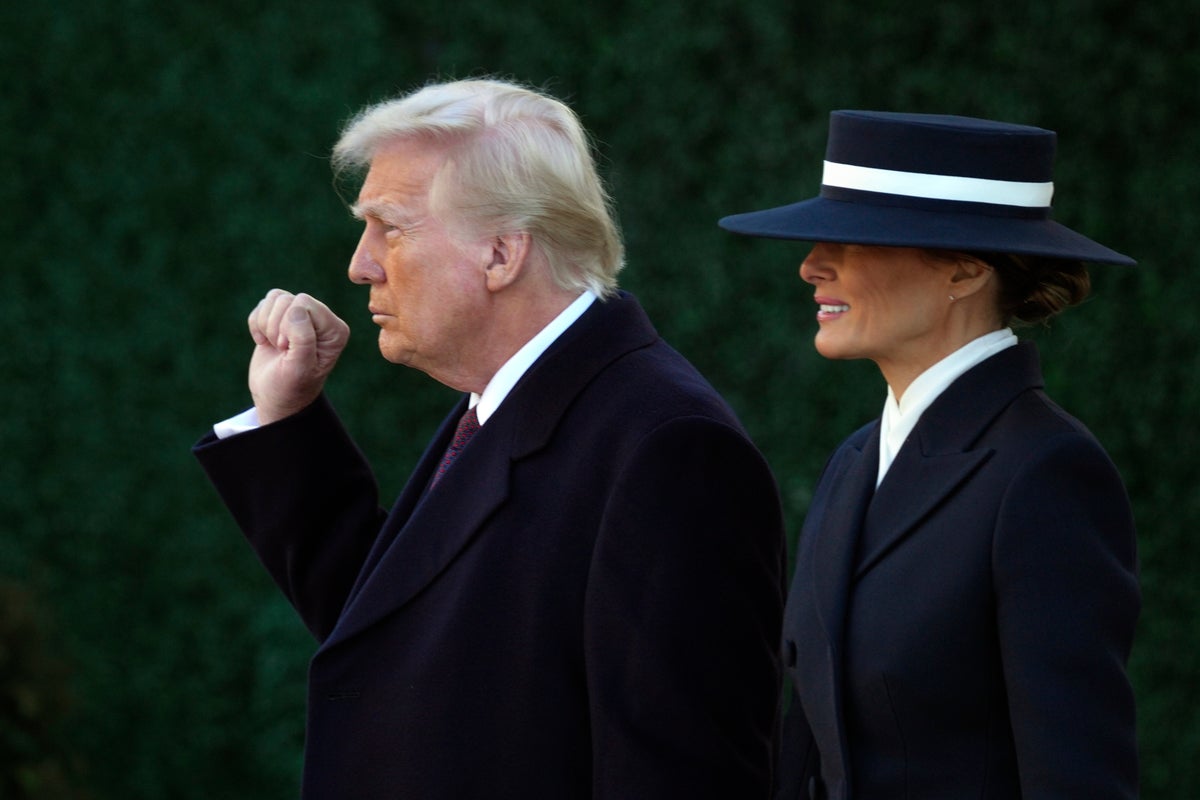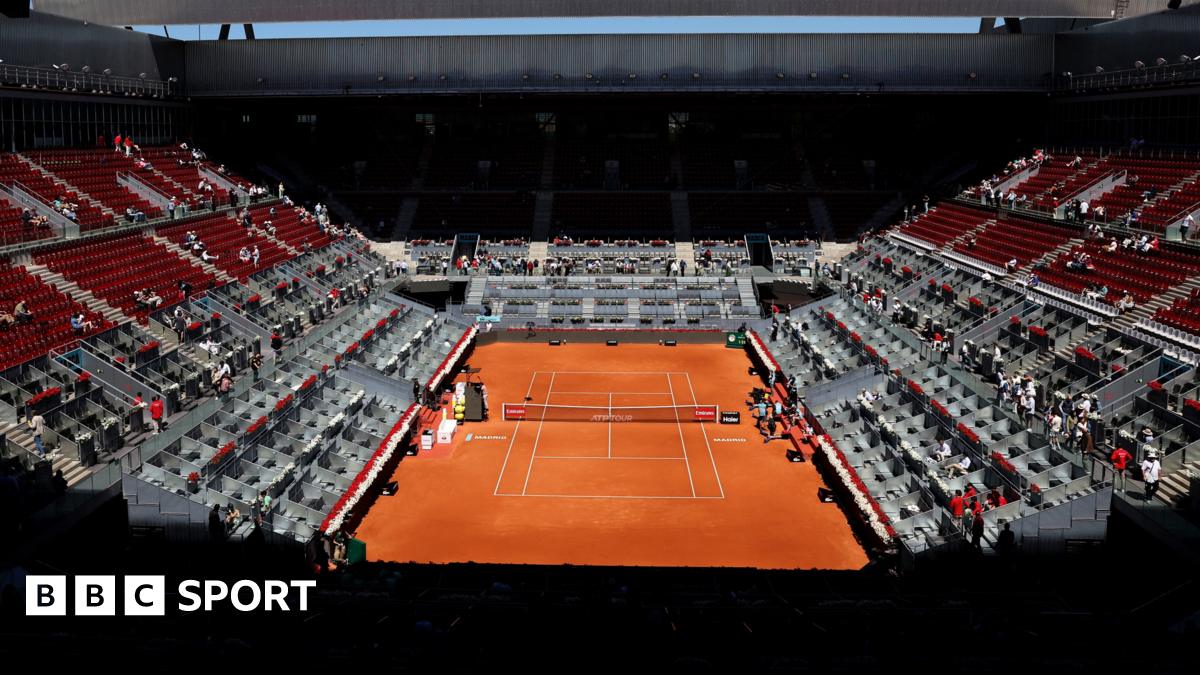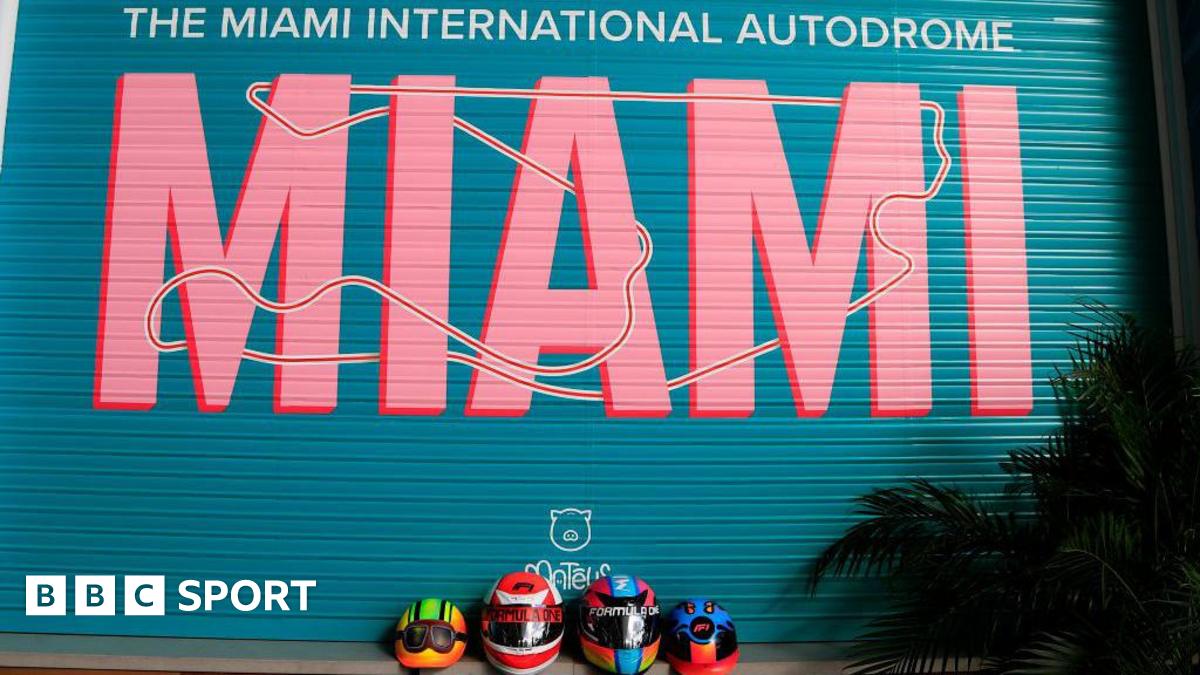Why more hotels are starting to look more like art museums

Hotel art has changed. In the last few years, generic photography and reproductions of works by Old Masters have given way to remarkable pieces of artwork befitting top-notch museums and the world’s best private galleries.
Though it may feel like a 180-degree shift from the boring artwork that preceded these new and imaginative displays, hotels becoming cultural destinations unto themselves, by hanging up artwork ideal for the world’s top museums and private galleries, makes sense.
“The standard used to be that you’d put a picture in a frame and call it a day—but hotels don’t cut it anymore with this,” says Spencer Bailey, editor-in-chief of a multivolume book series starting with Design: The Leading Hotels of the World and cofounder of the media company The Slowdown. “People expect more with the artwork, the furniture. People want to feel a sense of craftiness at every touch point at a hotel.”
Millennial and Gen Z travelers in particular crave authentic, upscale, and culture-based experiences, a notion that has extended into the hotel’s branding itself through the use of artwork. “It’s something that still predominantly exists in the high-end, five-star hotel market,” Bailey says.
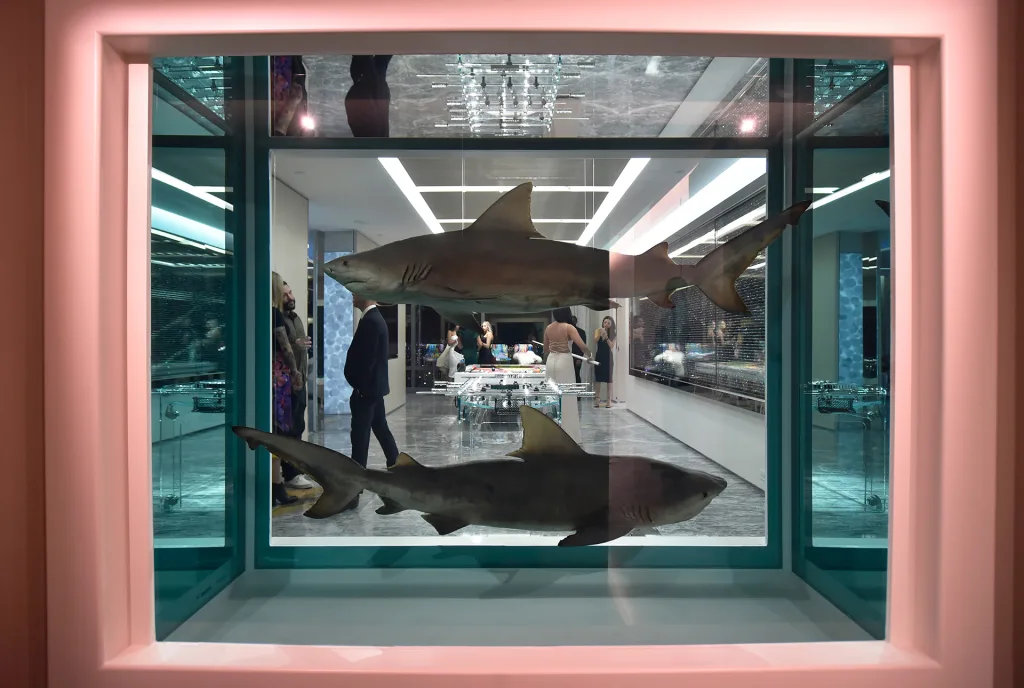
Indeed, Denver’s luxury-focused Art Hotel showcases a 22,000-piece LED light installation by Leo Villareal. There’s also Damien Hirst’s outstanding art suite called the Empathy Suite at the Palms Casino Resort in Las Vegas—where, for a whopping $100,000 a night, you too can gaze in disbelief at one of six original full-size pieces, like the one titled Winner/Loser, in which two taxidermied sharks float suspended in formaldehyde.
Some big-brand hotels are now breaking into the art hotel concept, using carefully curated art collections as a way to help define their brand identity and sharpen their claims of authenticity. Hilton recently jumped on the bandwagon with the Curio Collection, a series of 180 individually distinct and decorated hotels. Competitor Marriott has its Autograph Collection, which has grown to 154 hotels since launching in 2010. Smaller operators are now also embracing an art-forward approach.
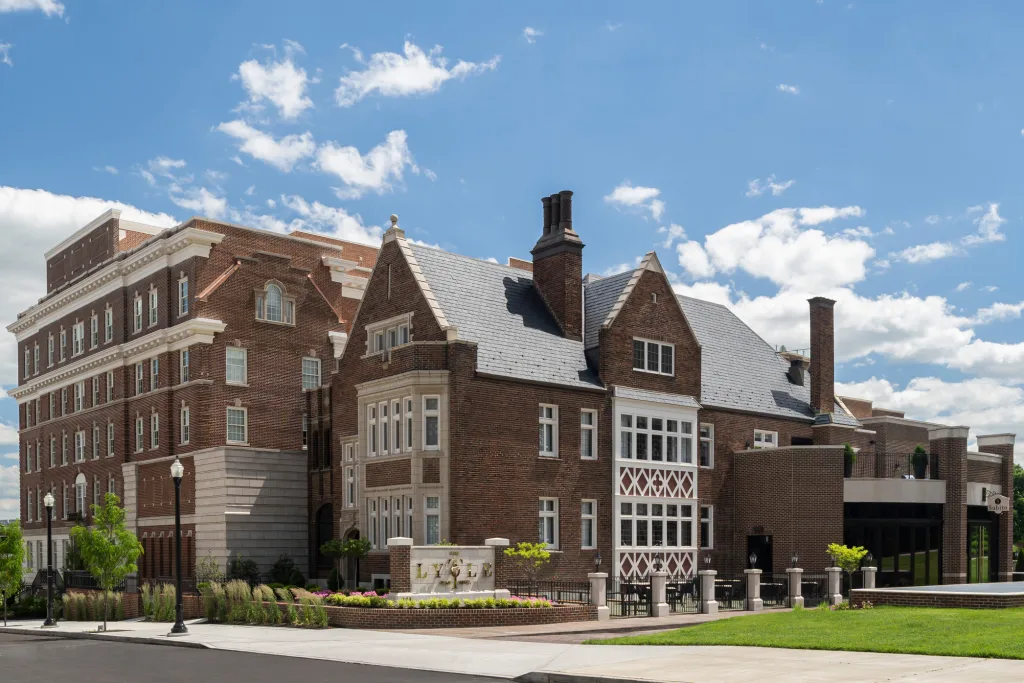
Merging history and art at a Cincinnati boutique
The Lytle Park Hotel in Cincinnati, Ohio—part of Marriott’s Autograph collection—quite literally sits at the intersection of art and hospitality. The property, opened in 2020, combines the hotel’s structure from 1909 and themes from the next-door Taft Museum of Art. The venue’s Lytle Park neighborhood is now a lovely residential area, but at the turn of the century, Cincinnati’s elite dwelled here and propagated the city’s cultural and artistic center. Artwork from the museum adorns some of the hotel’s walls, a gesture to the hotel’s link to this rich, storied past. To better connect guests to the area’s history and culture, the hotel in 2025 debuted its Taft Suite, which pays homage to the city’s illustrious Taft family, including its most famous member, William Howard Taft, the 27th president of the United States.
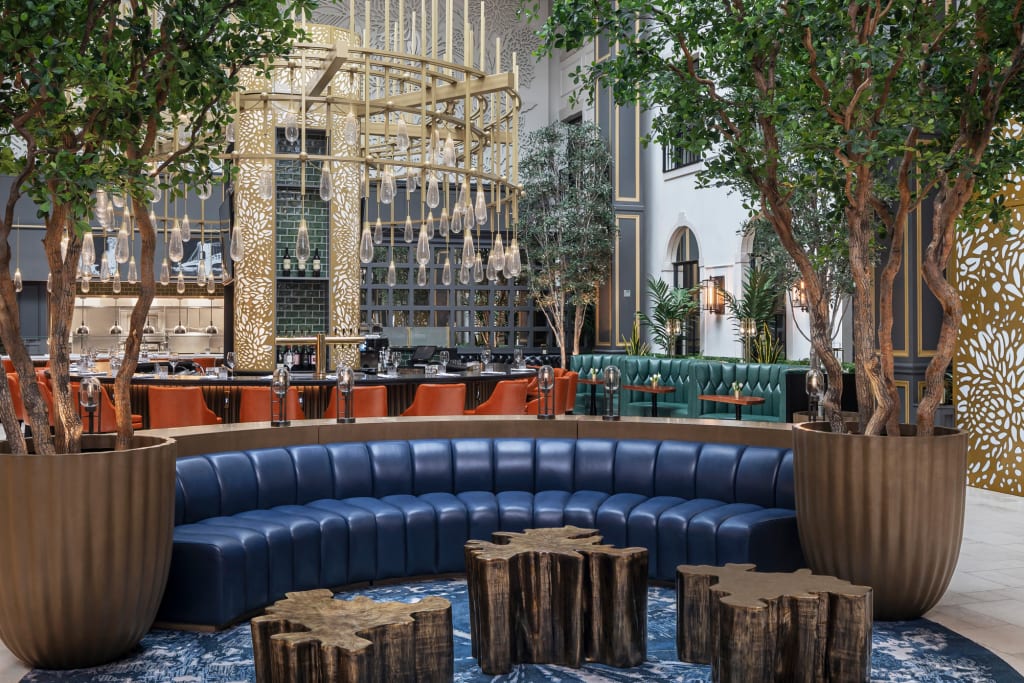
“Museums play a crucial role in the economy of American cities, contributing over $50 billion annually to the U.S. economy,” says Rebekah Beaulieu, Ph.D, president and CEO of the Taft Art Museum. Hence Cincinnati, she hopes, will benefit from the hotel/museum cross-sector approach to cultural collaboration.
“Today’s hotel guests really want to be transported into a hotel’s story,” says Colletta Conner, principal designer at ForrestPerkins, which designed the Taft Suite. Through its curated gallery experience, the suite offers hotel guests a glimpse into the Lytle Park of the early 20th century, when the Taft family lived there. Guests can peruse the space’s painted garden scenes and river valley motifs that feel vaguely reminiscent of the Ohio River Valley. For an added personal touch, there are even photographs of President Taft peppering the walls.

“Creating a narrative is a very important part of the design process,” Conner explains. “Sometimes you could walk onto a property and not feel a story. Sure, the hotel might be beautiful—but there’s no story that pulls guests into the hotel experience.”
Conner says ForrestPerkins works with a lot of different hotel brands—like Sheraton, Four Seasons, and Ritz Carlton—to craft a brand narrative for each hotel. “We provide local context to these properties, creating unique narratives for each that add up to unique, one-of-a-kind hotel experiences.”
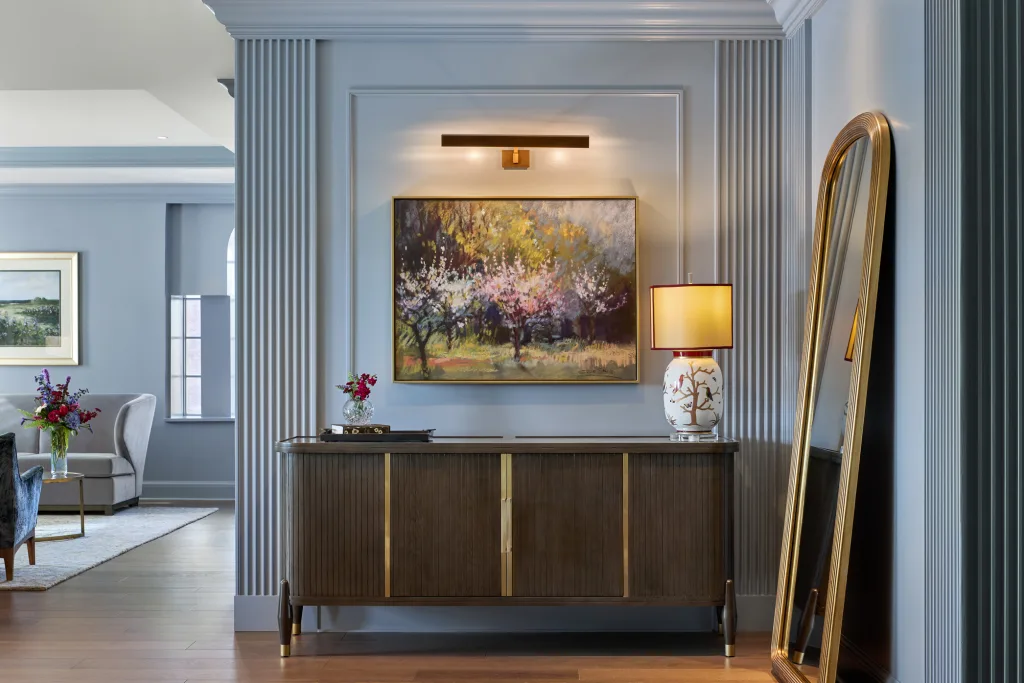
The design team wanted the suite to match the tone set by the gallery, which occupies a historic home that was built in 1820. “Some of these hotels that think about the gallery concept are more like white-box museum gallery types of spaces,” says Conner. “But our intention here was to have almost this home feeling, which is how the Taft Museum next door is set up.”
And yet, there might be an inherent contradiction in art hotels. “Art requires taste, which can be a very controversial subject, and it requires lots of money,” Bailey says. Owners of what was once considered the most valuable art collection in the west, the Tafts were obviously among Cincinnati’s most privileged. Objects in the hotel, especially the Taft Suite, point to the Taft Museum’s Rembrandts and Turners, Italian majolica painted pottery, and Chinese porcelains, the latter a coveted collection both then and now. “In many ways, art is a luxury item, and great hotels will need to understand that,” Bailey says. “The art—and where it came from—chosen for each ‘art hotel’ becomes an embodiment of that hotel as much as the architecture or furniture is.”
If visitors sense any air of elitism at the hotel, it’s quickly dispersed by the interior designs and friendly staff. An open concept layout in the main lobby, complete with a stunning skylight that lets in plenty of natural light, mirrors the welcome attitude the hotel and its staff emanate. While they didn’t plan these main areas, ForrestPerkins designers emphasize how convivial the spaces are meant to feel, and they sought to reflect this ambience in the Taft Suite. “The idea was to have museum quality displayed in a home environment, to be welcoming, approachable, and accessible,” Conner says.

A new kind of art hotel
As one-off hotels tailor their art offerings to their locales, boutique chain 21c Museum Hotels is scaling that approach. A chain of seven boutique hotels in the Midwest and South, the brand sees itself as a forward-thinking contemporary art museum first and a hotel second.
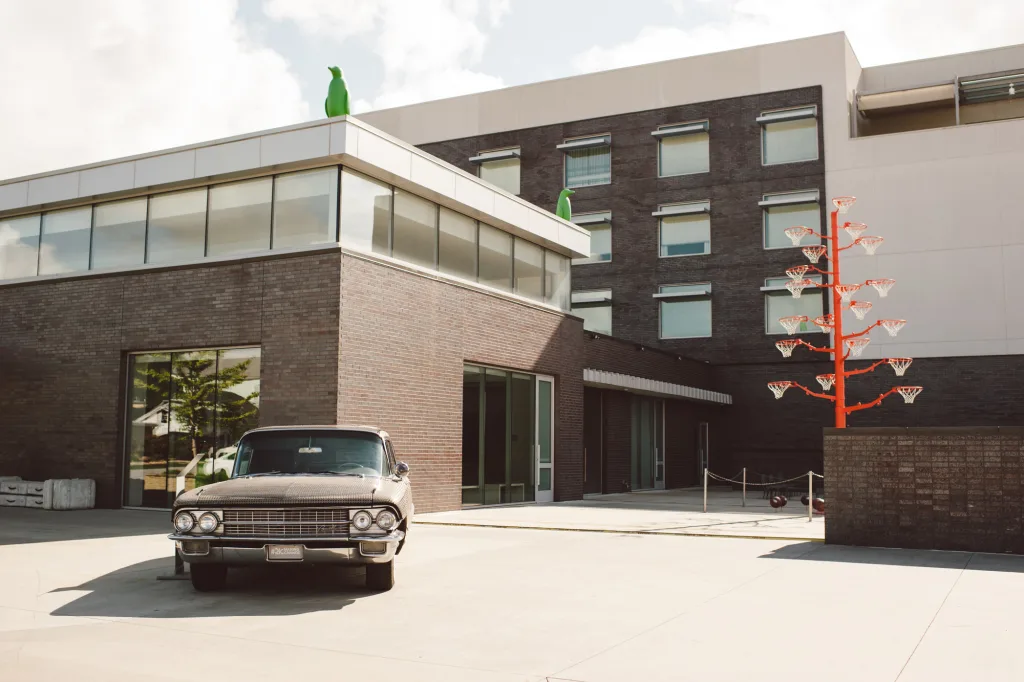
“When you walk into a 21c, you’re walking into a hotel lobby, but you’re also walking into a museum gallery,” says Alice Gray Stites, chief curator for 21c Museum Hotels. Every 21c hotel lobby, hotel hallway, event space, and meeting room is treated like a museum gallery, where Stites installs a varied range of exhibitions.

The brand got its start in 2006, at a time when revitalizing urban cores and building preservation weren’t part of many people’s lexicons. As 21c cofounders, preservationists, and contemporary art collectors, Laura Lee Brown and Steve Wilson imagined that contemporary art could be a catalyst for revitalizing their hometown of Louisville, Kentucky. In the end, the pair combined their art collection with the hotel concept because a research firm they had hired revealed that their city needed more hotel rooms to spur tourism.
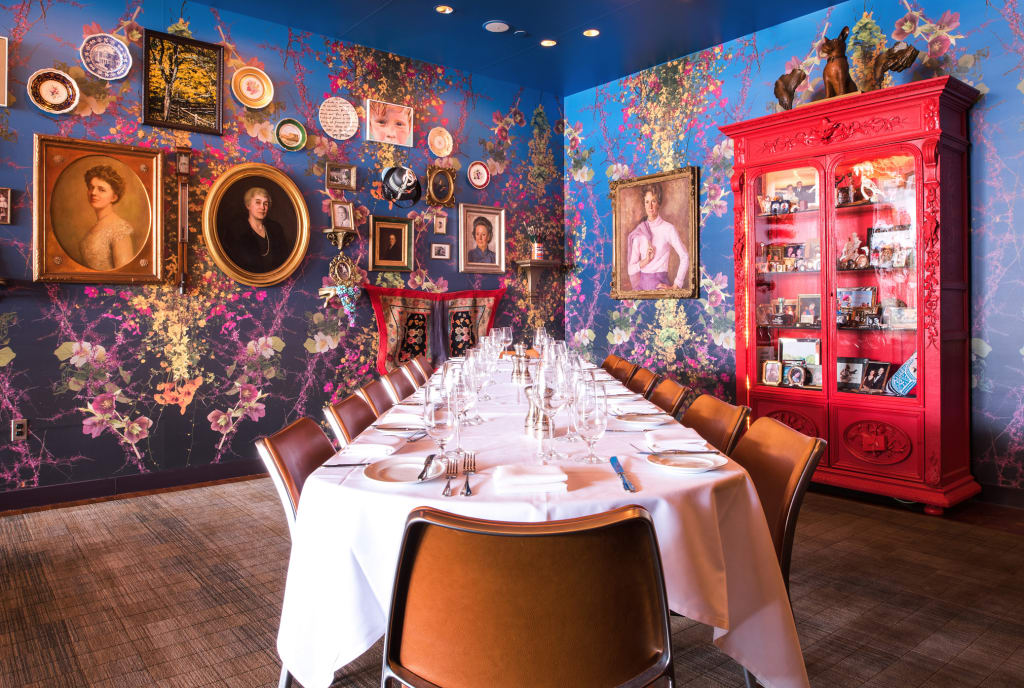
Laura and Steve wanted to take away the velvet rope that people sometimes perceive when walking into a museum. The result? A different kind of model for both the museum world and the hospitality industry. The hotel offers curated exhibitions that are open 24/7 and cover important topics of the day, and that cycle in and out every six months. “21c was a pioneer in this—they were an early driver in the ‘art hotel’ trend,” Bailey says.
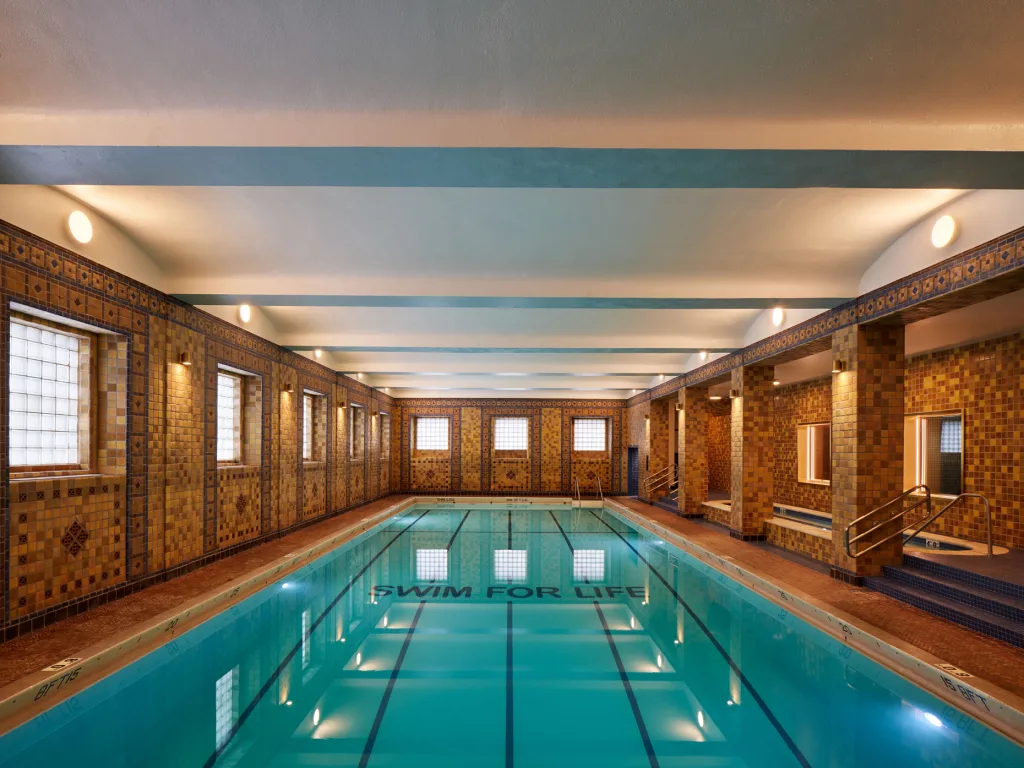
At first glance, there seems to be some tension between the 21c idea of making art more accessible and the fact that it’s only available in a boutique hotel, where rooms cost upward of $185 a night. Most hotels don’t invite anyone who hasn’t booked a room to wander their lobbies or hallways, whereas 21c allows anyone, free of charge, into the hotels to view its artwork on display.
“[21c has] created this idea of living with art and not being intimidated by art, breaking down the formal boundaries that feel so imposing sometimes for outsiders when they walk into an art gallery or museum,” Bailey says.
What's Your Reaction?
 Like
0
Like
0
 Dislike
0
Dislike
0
 Love
0
Love
0
 Funny
0
Funny
0
 Angry
0
Angry
0
 Sad
0
Sad
0
 Wow
0
Wow
0
